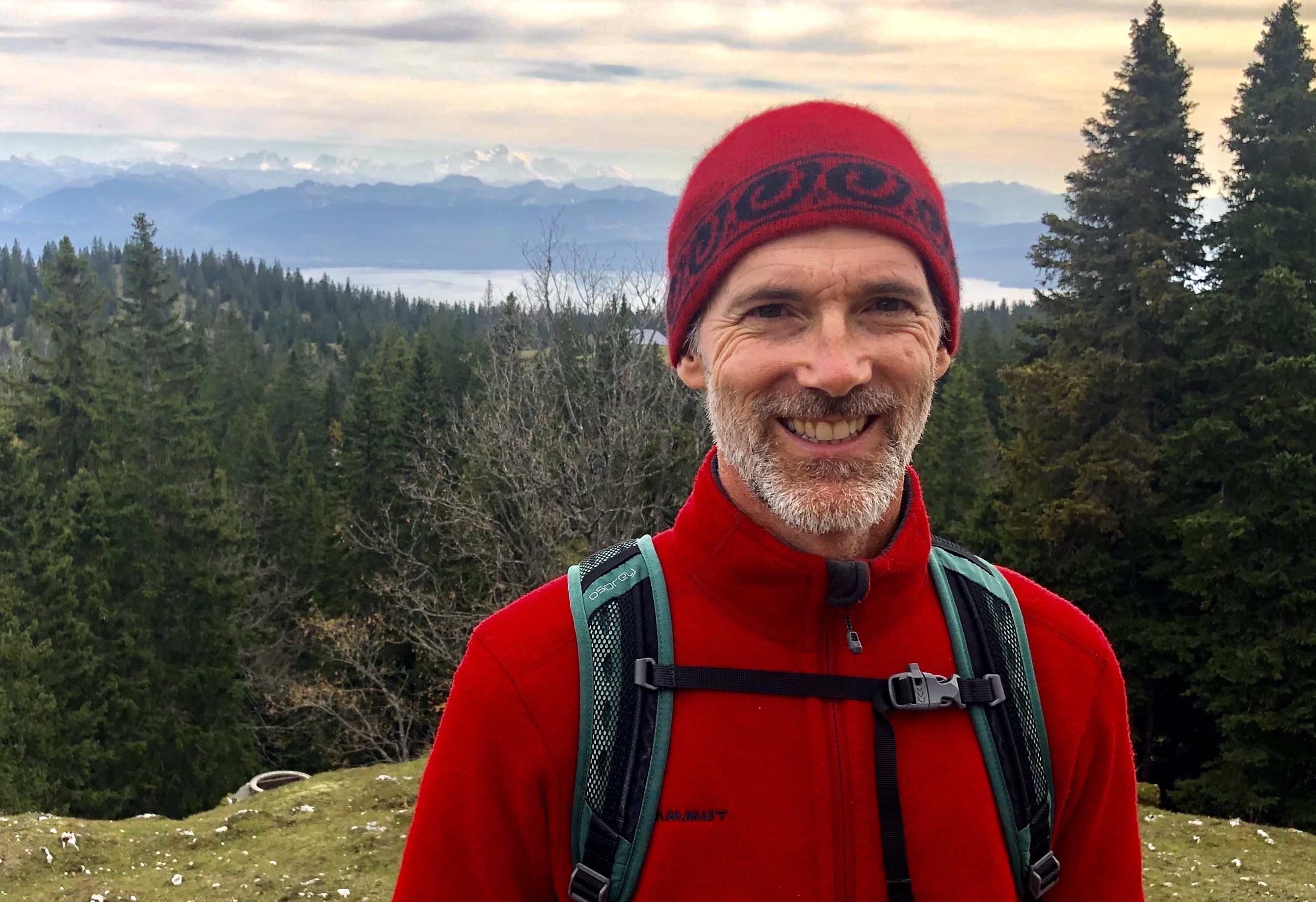
I am happy to announce that we have received funding from SNIS (Swiss Network for International Studies) for a new project. Principal member of the project is fire ecologist and remote sensing specialist Víctor Fernández-García, with collaborators at the universities of Antananarivo, Eduardo Mondlane, Swansea, Lausanne, and Léon, and at FAO and SANParks.
Below is the project summary, but first, here is a one-minute video summary!
Project summary: Wildfires have major impacts on climate, biodiversity and ecosystem services relevant for local communities. International cooperation, multidisciplinary, and multistakeholder approaches are necessary to investigate fires’ benefits and damages, as well as to develop management policies essential for the achievement of several of the UN Sustainable Development Goals. The continent of Africa accounts for more than 70% of the area burned annually in the world, generating a CO2 amount equivalent to 14% of global emissions from fossil fuels. A large proportion of these burned areas are in the open vegetation biomes (grasslands and savannahs) of biodiversity hotspots, shaping their ecosystem composition. In these regions fire has a large social component, sometimes conflictive, as rural populations use it as a tool to manage natural resources, while government policies tend to suppress or control the use of fire.
Based on these premises, we aim to investigate how different fire regimes affect carbon dynamics, plant diversity and nature’s benefits to people in the fire-prone open biomes of Madagascar, South Africa, and Mozambique, in order to identify the best-balanced fire management policies.
This objective will be addressed through a multidisciplinary approach, by using demographic, social, economic, remotely sensed plant- and soil-based information obtained from databases, satellite imagery, field sampling, interviews in cultural landscapes, controlled fire experiments, in cooperation with international actors and practitioners.
Outputs will serve to achieve comprehensive knowledge of the dimensions of fire impacts, to refine global carbon emission models by providing insights of overlooked fire-related carbon sinks, and to identify suitable policies to meet global agendas and local demands.

[…] Two decades ago, in my book on fire in Madagascar published at the University of Chicago Press, I made an educated guess that “in grasslands, roughly one-quarter to one-half of the surface burns annually“. A footnote fills over half of the page to justify my estimate, drawing from local studies, observations, government statistics, and rudimentary satellite data. I am thrilled to report that a just-published study confirms this estimate and makes it more precise, finding that 32% or so of the grasslands burn each year. The study takes advantage of newer satellite images that are more frequent and higher resolution to make its estimates, catching smaller and more ephemeral (quickly regreening) fire patches. Congratulations to Víctor Fernández-García on leading this work, funded by a Swiss Network for International Studies grant. […]